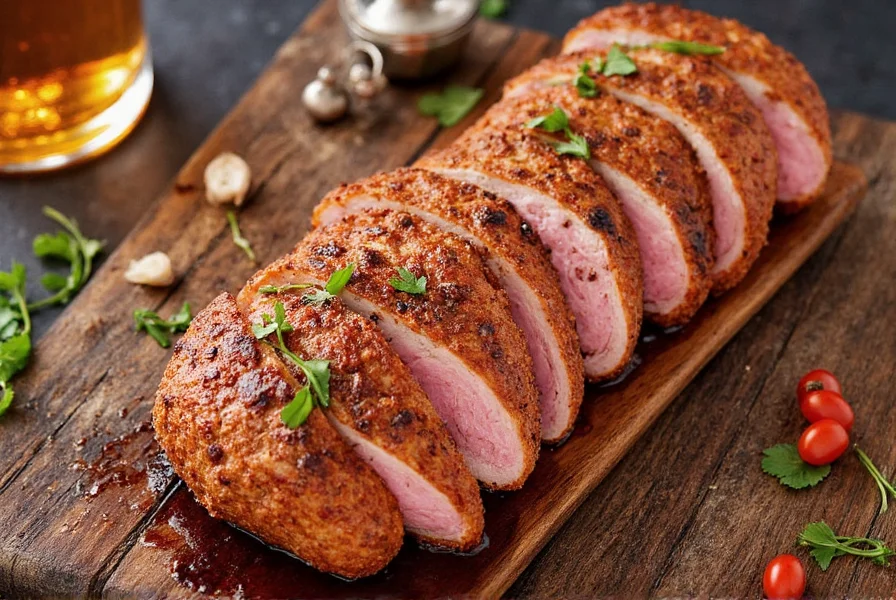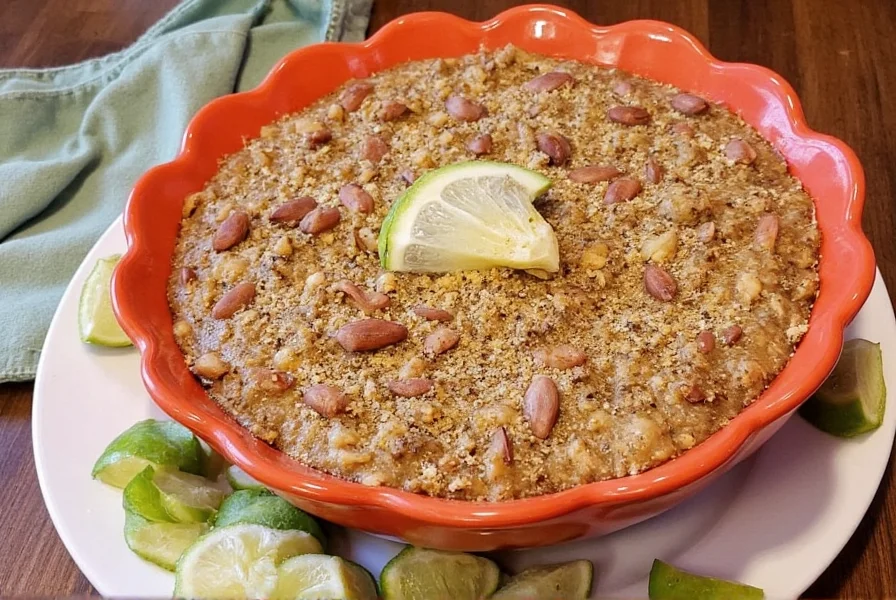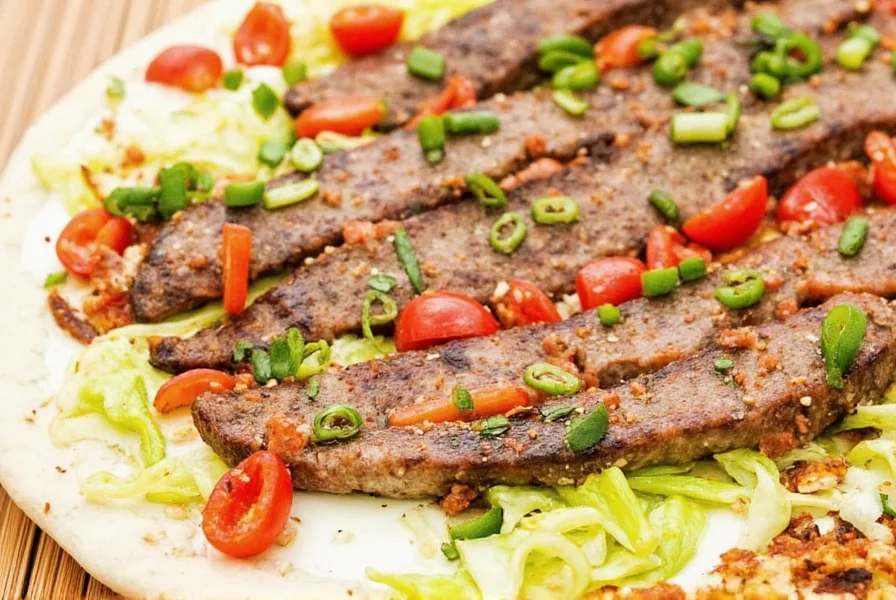Shwarma seasoning is a traditional Middle Eastern spice blend used to marinate meats like chicken, lamb, or beef for shawarma, a popular street food. This vibrant mix of spices creates the distinctive flavor profile that makes shawarma so delicious. In this guide, we'll explore everything you need to know about shwarma seasoning, from its core ingredients to creative uses and expert tips.
The Classic Components
Each spice in shwarma seasoning plays a specific role in creating the perfect flavor profile:
- Cumin – Provides an earthy, warm base essential for authentic Middle Eastern flavors
- Paprika – Adds vibrant red color and subtle sweetness; smoked paprika offers deeper smoky notes
- Coriander – Brightens the blend with citrusy notes and balances cumin's earthiness
- Turmeric – Imparts golden hue and mild bitterness while offering anti-inflammatory benefits
- Garlic powder – Adds depth and richness critical for savory profiles
- Black pepper – Provides gentle heat that enhances other spices without overpowering
- Salt – Crucial for enhancing all flavors and balancing the overall taste

This precise combination creates the unmistakable aroma and taste that defines authentic shawarma. Understanding these components helps you appreciate why the blend works so well together.
5 Creative Ways to Use Shwarma Seasoning
While traditionally used for meats, shwarma seasoning's versatility extends far beyond the classic wrap:
- Spiced Roasted Vegetables – Toss 2 cups of chopped carrots, eggplant, or cauliflower with 1 tbsp olive oil and 1 tsp shwarma seasoning. Roast at 400°F (200°C) for 25-30 minutes until tender and caramelized.
- Flavorful Fries – Sprinkle 1 tsp per serving over oven-baked fries or sweet potato wedges for a Middle Eastern twist. Add a squeeze of lemon juice after baking for brightness.
- Marinades for Grilled Chicken – Mix 2 tbsp seasoning with 3 tbsp yogurt or olive oil. Marinate chicken for at least 4 hours (overnight preferred) for maximum flavor penetration.
- Egg Dishes – Stir 1/2 tsp into scrambled eggs or omelets for a savory kick. Works particularly well with feta cheese and spinach.
- Spicy Hummus Boost – Add 1/2 tsp to hummus for extra depth and warmth. Top with extra virgin olive oil and toasted sesame seeds.

Making Your Own Shwarma Seasoning at Home
While store-bought blends can be convenient, homemade seasoning offers superior freshness and customization. According to culinary experts, freshly ground spices create more vibrant flavors than pre-ground commercial blends.
DIY Shwarma Seasoning Recipe
- 1 tbsp ground cumin
- 1 tbsp paprika (smoked paprika for deeper flavor)
- 1 tsp ground coriander
- 1 tsp turmeric
- 1 tsp garlic powder
- 1 tsp black pepper
- 1 tsp salt (adjust to taste)
Mix all ingredients in a small bowl until evenly combined. Store in an airtight container in a cool, dark place for up to six months.

Pro Tip:
Add a pinch of cinnamon or nutmeg for a traditional Levantine twist. For grilled meats, swap paprika for smoked paprika to enhance the smoky notes. According to food science, adding spices to cold oil before heating prevents scorching and maximizes flavor extraction.
| Feature | Homemade | Store-Bought |
|---|---|---|
| Flavor Control | ✅ Fully customizable | ❌ Pre-determined blend |
| Convenience | ❌ Requires prep time | ✅ Ready to use |
| Cost per Use | ✅ Generally cheaper | ❌ Slightly more expensive |
| Shelf Life | ✅ Same as individual spices | ✅ Typically labeled |
| Dietary Flexibility | ✅ Easily adaptable | ❌ May contain additives |

Buying Guide: How to Choose the Best Shwarma Seasoning
If you prefer convenience but don't want to compromise on quality, here are top options based on professional culinary reviews:
Top 5 Shwarma Seasoning Brands
- McCormick Gourmet All-Natural Shawarma Seasoning Blend
- Features: All-natural ingredients, no MSG, certified kosher
- Best for: Beginners and everyday cooking
- Use Cases: Marinades, roasted veggies, wraps
- Laith's Authentic Lebanese Shawarma Seasoning
- Features: Traditional recipe passed through generations
- Best for: Home chefs seeking authenticity
- Use Cases: Slow-roasted meats, kebabs, flatbread fillings
- Spicewalla Shawarma Blend
- Features: Artisanal spices, freshly ground
- Best for: Gourmets and culinary enthusiasts
- Use Cases: High-end dishes, gourmet sandwiches
- Badia Shawarma Seasoning
- Features: Affordable, widely available
- Best for: Budget-conscious cooks
- Use Cases: Everyday meals, meal prep
- David's Tea Shawarma Infusion
- Features: Unique herbal-infused mix, tea-based infusion
- Best for: Experimenters and adventurous eaters
- Use Cases: Light dishes, infused oils, dressings

Common Mistakes When Using Shwarma Seasoning (And How to Avoid Them)
Even experienced cooks can make missteps with this potent blend. Here are the most common errors based on food science principles:
- Using too much: Start with half the recommended amount. Spices intensify during cooking – over-seasoning masks natural meat flavors. Food experts recommend tasting before adding more.
- Not marinating long enough: Aim for at least 4 hours for chicken, 6-12 hours for lamb or beef. Acidic ingredients (lemon juice/yogurt) help break down proteins for deeper flavor penetration.
- Adding it at the wrong time: For maximum flavor absorption, add seasoning early in prep. Adding after cooking only seasons the surface. According to culinary science, fat-soluble compounds need time to bind with proteins.
- Overlooking acid: Always pair with lemon juice or vinegar. Acid balances richness and helps spices penetrate meat fibers more effectively.
- Skipping the oil: Oil carries fat-soluble flavor compounds. Without it, spices won't distribute evenly. Use 1 tbsp oil per 1 tsp seasoning for best results.

Shwarma Seasoning Around the World
| Region | Unique Twist | Signature Ingredient |
|---|---|---|
| Middle East | Classic lamb/chicken combo | Garlic tahini sauce |
| Mexico | Taco de shawarma | Chipotle mayo |
| Greece | Gyro-inspired version | Tzatziki |
| Germany | Döner kebab variation | Harissa sauce |
| USA | Fusion street food | Guacamole or sriracha |

Frequently Asked Questions About Shwarma Seasoning
What is the difference between shawarma and shwarma spelling?
"Shawarma" and "shwarma" refer to the same Middle Eastern dish – the variation in spelling comes from transliteration differences from Arabic. Both terms are used interchangeably in English, though "shawarma" is more common in scholarly texts while "shwarma" appears frequently in casual usage and marketing.
How long should I marinate meat with shwarma seasoning for best results?
For optimal flavor penetration, marinate chicken for at least 4 hours, preferably overnight. For denser meats like lamb or beef, 6-12 hours is ideal. The acid in your marinade (like lemon juice or yogurt) helps the spices penetrate deeper into the meat fibers through protein denaturation.
Can I use shwarma seasoning for vegetarian dishes?
Absolutely! Shwarma seasoning works wonderfully with vegetables, tofu, halloumi, and even chickpeas. Try it on roasted cauliflower, in hummus, or sprinkled on avocado toast for a delicious plant-based option that captures authentic Middle Eastern flavors. Food scientists note that plant proteins absorb spices differently than meat, so adjust quantities accordingly.
Does shwarma seasoning contain garlic, and can I make it without garlic?
Traditional shwarma seasoning does include garlic (usually as powder), but you can easily make a garlic-free version by doubling the coriander or adding a pinch more cumin. Some commercial blends may use garlic salt instead of pure garlic powder, so check labels if you're avoiding garlic for dietary reasons. For flavor substitution, try 1/2 tsp onion powder per 1 tsp garlic powder.
What's the shelf life of homemade shwarma seasoning?
Properly stored in an airtight container away from light and moisture, homemade shwarma seasoning maintains peak flavor for 6 months. While it won't spoil after this time, the volatile oils in the spices will gradually degrade, resulting in less vibrant flavor. For best results, write the preparation date on your container and store in a cool, dark place.
Is shwarma seasoning gluten-free?
Pure shwarma seasoning made from ground spices is naturally gluten-free. However, some commercial blends may contain anti-caking agents or be processed in facilities that handle wheat. If you have celiac disease or severe gluten sensitivity, look for certified gluten-free blends or make your own using single-ingredient spices from reputable sources. Always check for cross-contamination warnings on packaging.
Can I use shwarma seasoning as a dry rub?
Yes, shwarma seasoning makes an excellent dry rub for meats before grilling or roasting. For best results, mix the dry rub with a small amount of oil (1 tsp per 1 tbsp seasoning) to help it adhere to the meat surface, creating a flavorful crust while allowing the spices to penetrate during cooking. This technique works particularly well for chicken thighs and lamb chops.
What's the difference between shwarma seasoning and za'atar?
While both are Middle Eastern spice blends, they're quite different. Za'atar is primarily thyme, sumac, and sesame seeds with a tangy, herbal profile, often used as a table condiment. Shwarma seasoning features cumin, paprika, and garlic with warmer, earthier notes designed specifically for meat marinades and has a more robust flavor profile. Za'atar typically contains no garlic or turmeric, while shwarma seasoning rarely includes sumac or thyme.
Why does my shwarma seasoning taste bitter?
Bitterness usually comes from too much turmeric (which has natural bitter compounds) or from burning the spices during cooking. Try reducing turmeric by half in your blend, and always add shwarma seasoning to cold oil rather than hot oil to prevent scorching. If using in marinades, balance with acid like lemon juice or yogurt. Food scientists note that turmeric's bitterness is amplified when exposed to high heat without sufficient moisture.
Can I adjust shwarma seasoning to make it less spicy?
Absolutely. Traditional shwarma seasoning isn't inherently spicy hot – the heat comes from black pepper and sometimes optional cayenne. For milder versions, reduce black pepper by half and omit any optional chili components. You can compensate with extra paprika for color and coriander for complexity without adding heat. Food experts recommend increasing cumin slightly to maintain earthy depth when reducing pepper.
Conclusion: Embrace the Magic of Shwarma Seasoning
Whether you're a weekend griller, a spice enthusiast, or someone looking to jazz up weekly meals, shwarma seasoning is a powerhouse worth getting to know. It's flavorful, flexible, and surprisingly versatile beyond the classic wrap. From DIY blends to premium store-bought versions, there's a perfect match for every cook and occasion.
So go ahead – stock up on those spices, experiment with new recipes, and turn every meal into a little celebration of global flavors. After all, life's too short for bland food!












 浙公网安备
33010002000092号
浙公网安备
33010002000092号 浙B2-20120091-4
浙B2-20120091-4